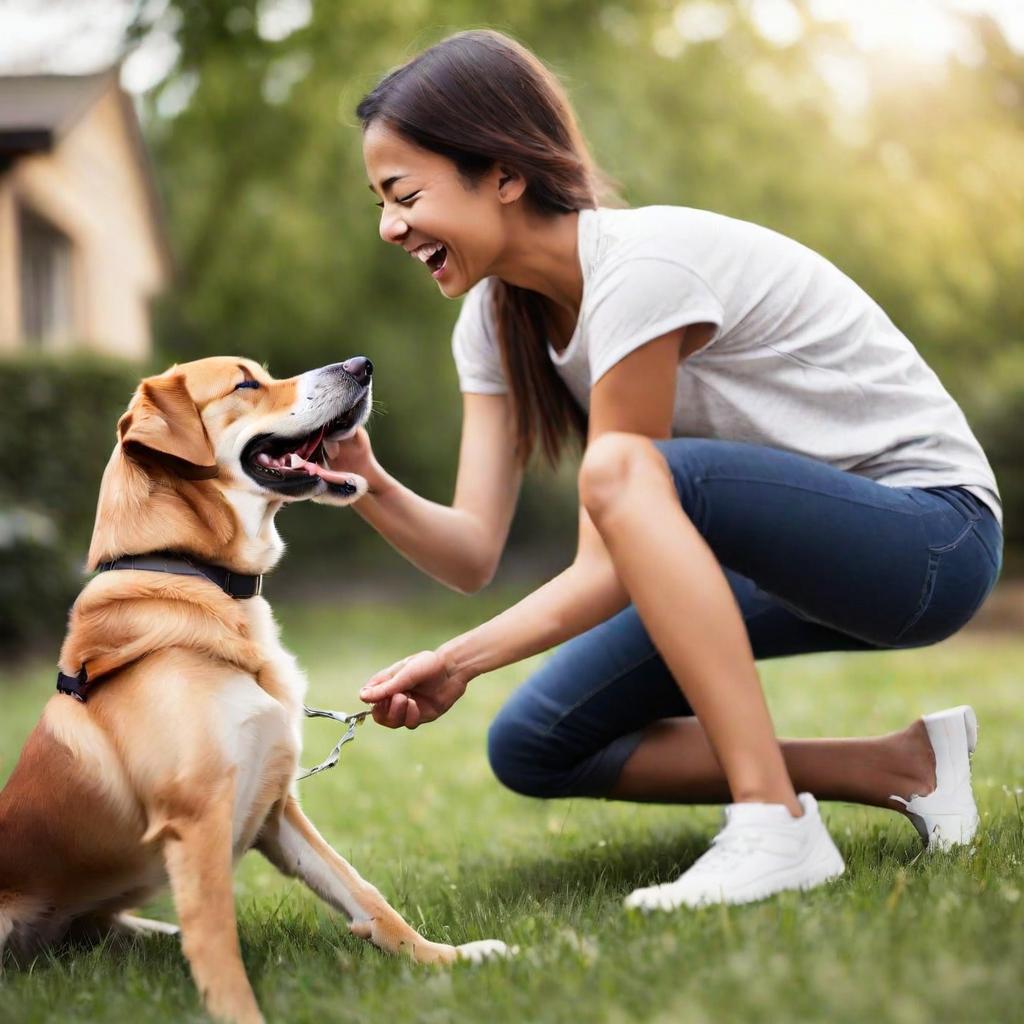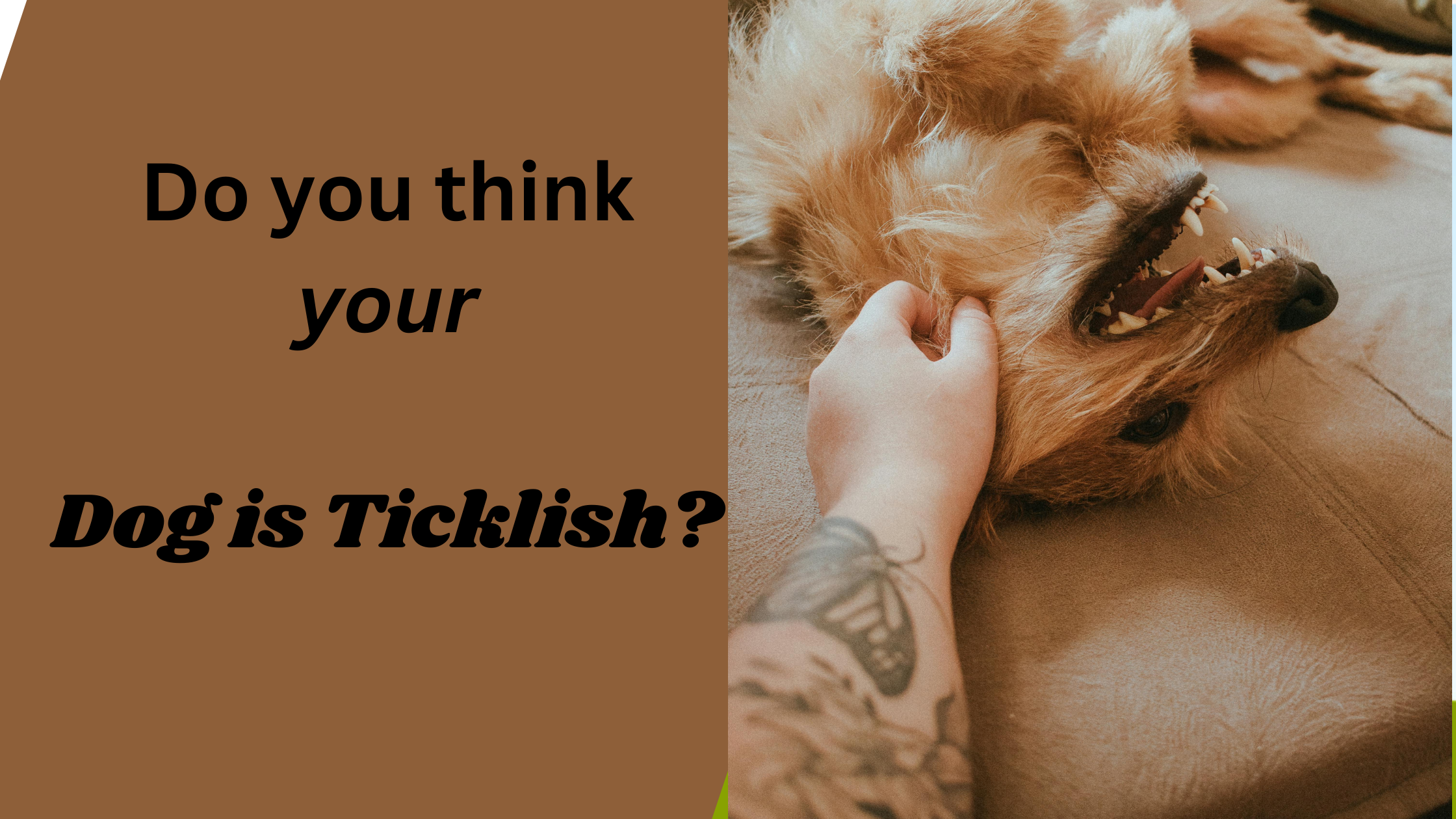Have you ever wondered if dogs feel the same kinds of tickles that people do? Yes, that is the response. Dogs, like people, can wriggle, twitch, and make silly noises in response to mild touches and scratches on sensitive areas. Indeed, dogs love a good tickle.
Ticklish Tails: Investigating Ticklish Behavior in Dogs
This phenomenon, called knismesis, or a gentle tickling sensation, appears to be ubiquitous among many mammals, including our canine companions, according to research from the University of California. Dogs are widely acknowledged to feel ticklish as a species, despite the fact that there has been little research on the subject.
Where Dogs Can Be Ticklish
However, precisely where are dogs ticklish? Depending on the furry friend, the response may differ. Some dogs may seem to feel nothing at all when scratched in the proper location, while others may wag their tails and smile at the mere thought. Certain dogs may only be ticklish when they are puppies, while other dogs will always be ticklish. Dogs frequently have ticklish areas on their
- Flank
Tummy
Chest
Ears
Base of the tail
Feet.

Tickles: An Indicator of Bonding
For dogs, like with humans, tickling can be an indication of intimacy. Compared to strangers, most dogs prefer to be tickled by someone they know and trust. Dogs also don’t all appreciate the same tickling sensations. While some people might not enjoy it as much, others might absolutely love it.
Recognizing Your Dog’s Sensitive Cues
Tickling can be a wonderful element of playtime for those who do enjoy it. It’s critical to observe your dog’s indications to ascertain whether or not they are enjoying the tickling. It’s better to stop and find another way to play if your dog moves away, tenses up, or exhibits stress-related behaviors like yawning or lip-licking when you tickle them.
Ticklishness and Gear
On the other hand, when you tickle your dog’s belly, they should be having fun too if they wiggle about joyfully. It’s important to keep in mind, though, that excessive tickling might get tiring. Observe your dog’s comfort level during these breaks, and stop if the sensation gets to be too much for them. Never cross your dog’s boundaries and give up if they seem uncomfortable.

Tips for a Happy Tickle Time with Your Dog
A dog may become uncomfortable when certain items of clothing, such as collars, backpacks, jackets, or harnesses, unintentionally touch their sensitive areas. Skin that shivers, persistent scratching, or a refusal to go for walks are indications that your dog may be uncomfortable with their clothing. Ensure that the equipment is appropriately set and fits comfortably if you observe any of these behaviors. If the problem continues, think about locating other equipment that doesn’t make them ticklish.
In conclusion, tickling your dog can either be a fun and enjoyable aspect of your playtime together or it can cause suffering. It’s critical to observe your dog’s cues, respect their boundaries, and make sure that everyone is enjoying themselves.






2 thoughts on “Ticklish Tails: Does your dog love a good tickle?”